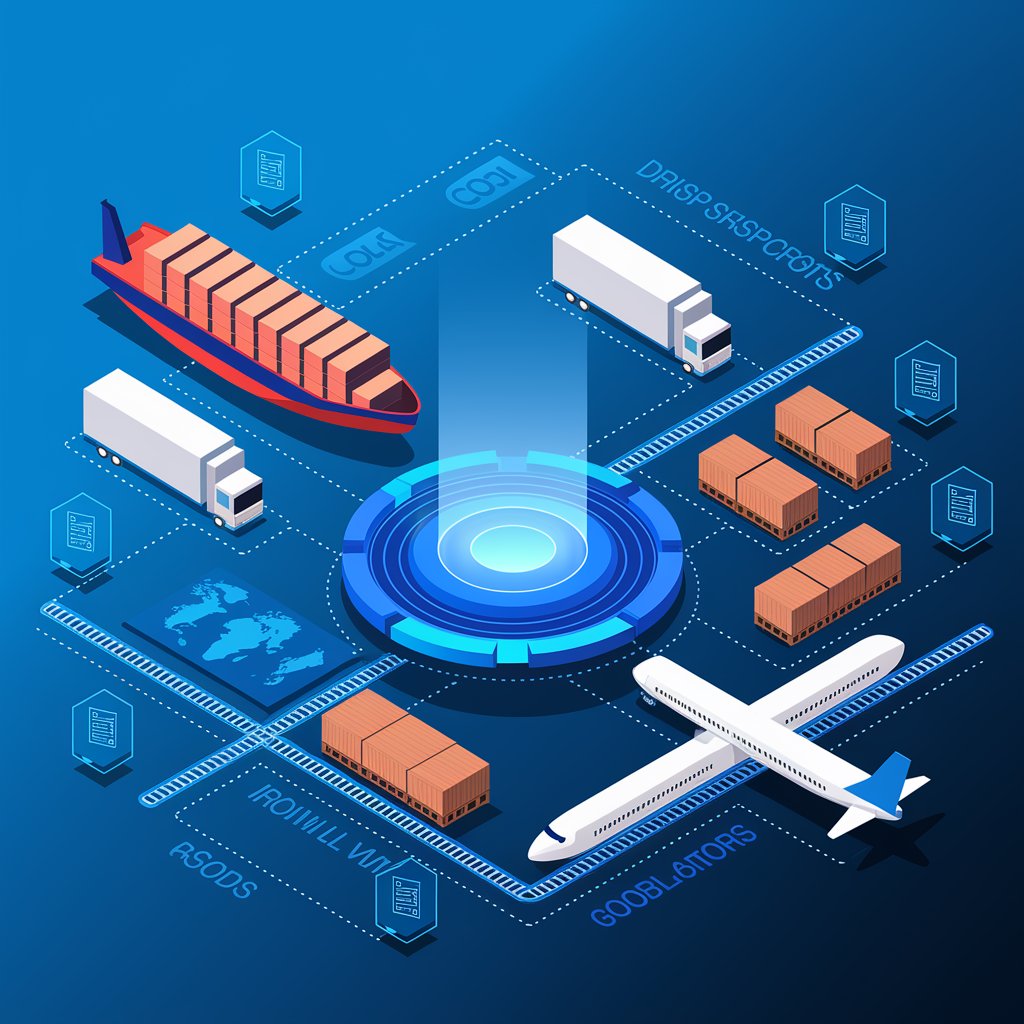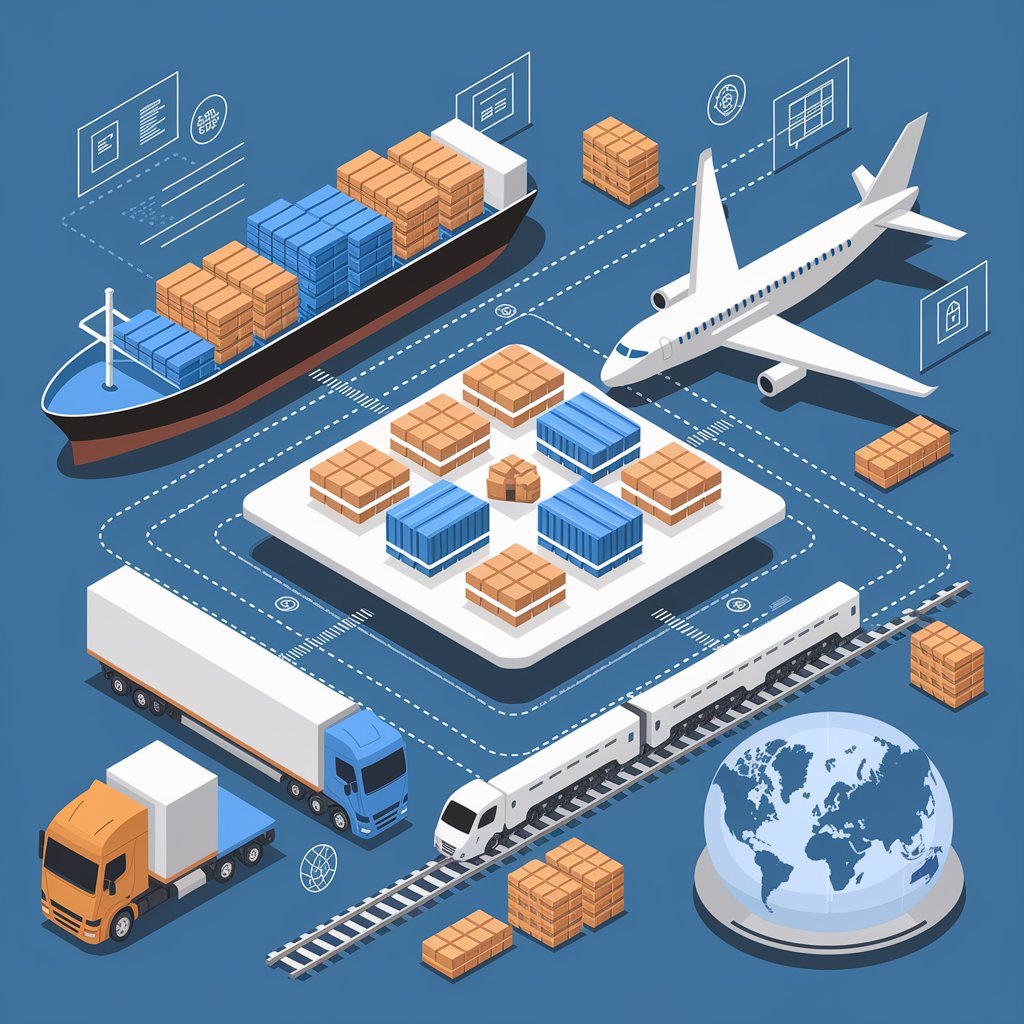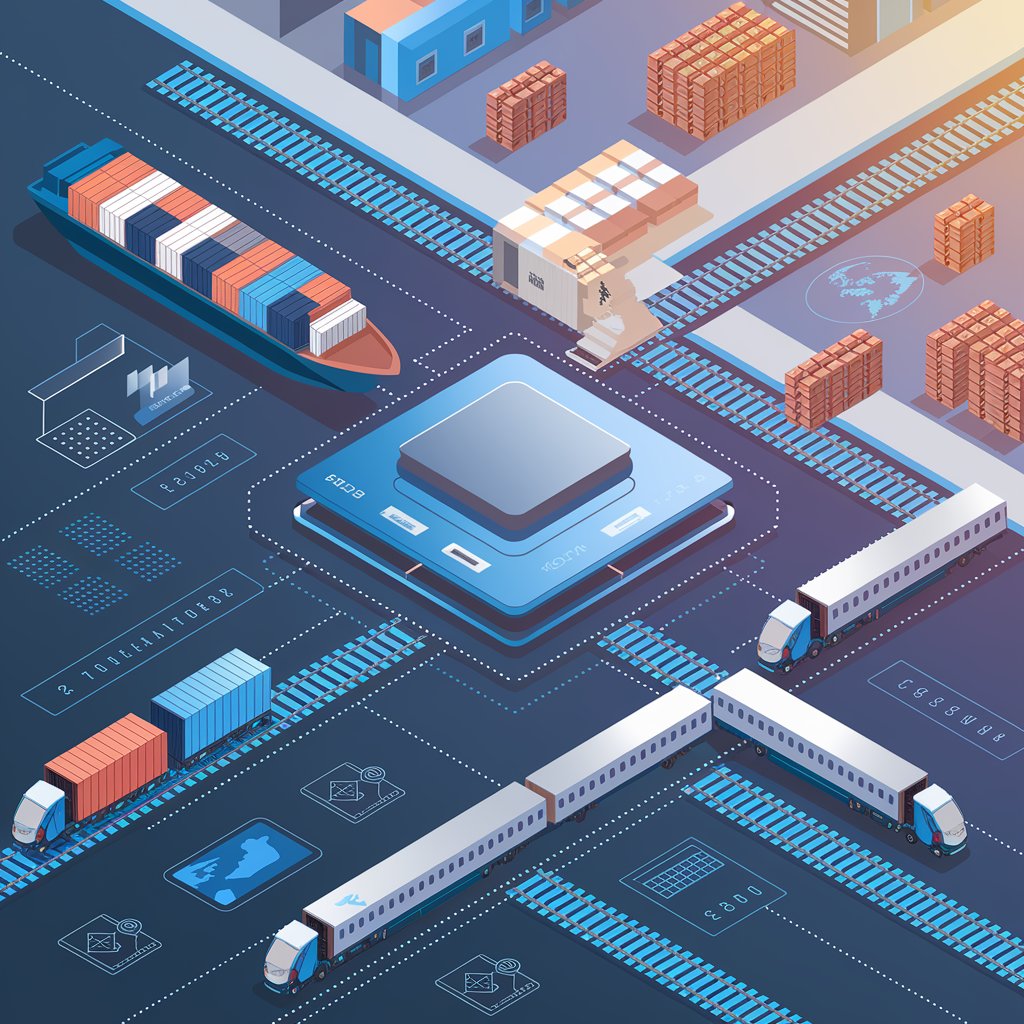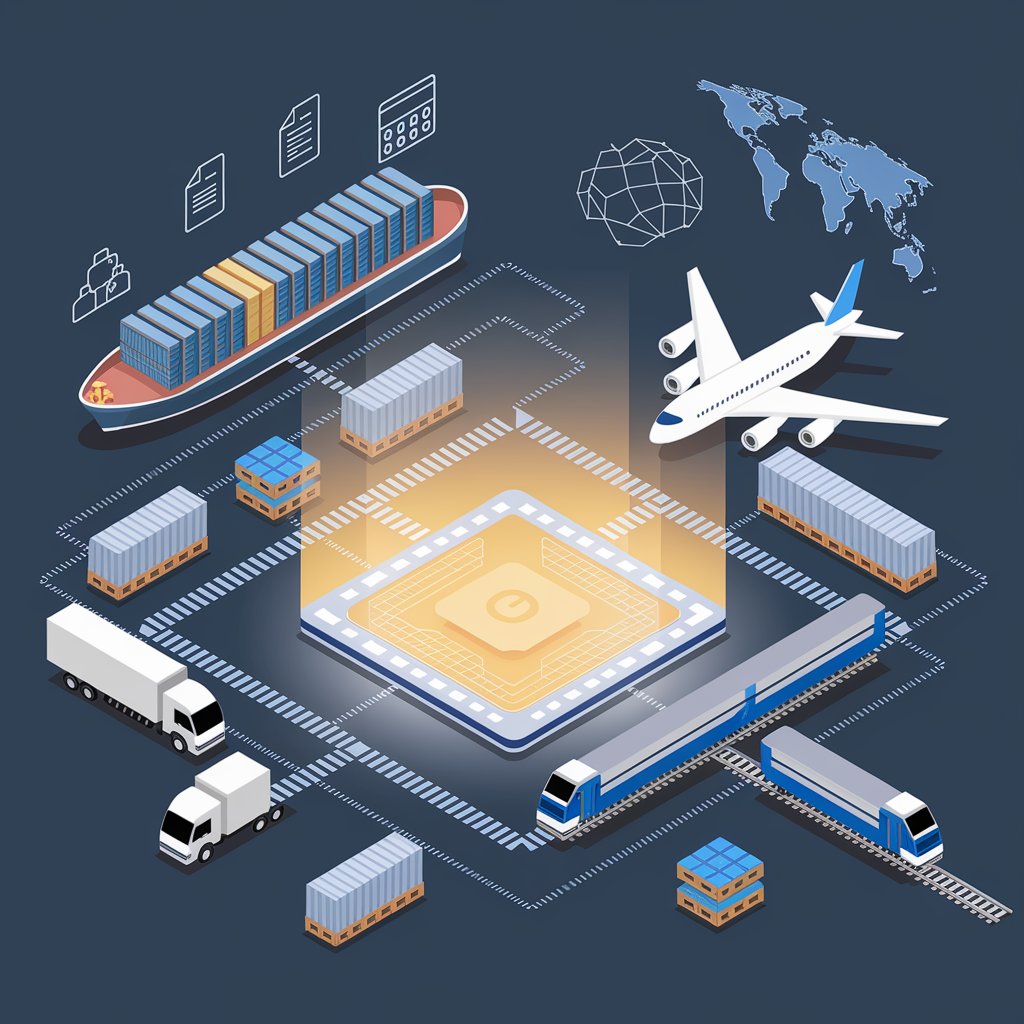Freight Shipping: What It Is, How It Works, and Why It’s Vital for Global Trade
In this guide, we’ll cover what freight shipping is, how it works, the main methods, key players, and how modern tools are reshaping the industry for businesses of all sizes.

🚚 What Is Freight Shipping?
Freight shipping refers to the process of transporting large quantities of goods—usually commercial cargo—via ground, ocean, or air. It involves moving goods in bulk, often on pallets or in containers, between manufacturers, distributors, retailers, and consumers.
Unlike parcel shipping (used for small packages), freight shipping is designed for larger loads, typically over 150 lbs (68 kg).
📦 Common Freight Shipping Methods
Mode | Description | Best For |
🚛 Truck (LTL/FTL) | Over-the-road transport, either full truckload (FTL) or less-than-truckload (LTL) | Domestic, regional cargo |
🚢 Ocean Freight | Uses containers on cargo ships | International trade, heavy or non-urgent goods |
✈️ Air Freight | Fastest, but costly | Time-sensitive or high-value cargo |
🚆 Rail Freight | Cost-effective for long distances | Bulk goods over land |
Each mode has trade-offs in speed, cost, and accessibility, and many businesses use multimodal shipping (a mix) to balance efficiency and price.

🧠 Key Players in Freight Shipping
- Shippers – The party sending the goods (manufacturer or supplier)
- Consignees – The party receiving the goods (buyer or distributor)
- Freight Forwarders – Experts who arrange and manage the entire shipping process
- Carriers – Companies that physically transport the goods (trucking firms, airlines, etc.)
- 3PLs – Third-party logistics providers that offer end-to-end freight solutions
📝 Required Documents in Freight Shipping
Proper documentation is essential for compliance and smooth delivery:
- 📄 Bill of Lading (BOL) – Contract between shipper and carrier
- ✈️ Air Waybill (AWB) – Required for air shipments
- 🧾 Commercial Invoice – For customs clearance
- 📦 Packing List – Details of cargo content
- 🌐 Customs Documents – Depending on the country of origin/destination
Digital freight software now allows most of these to be generated and shared electronically.

💰 How Freight Shipping Costs Are Calculated
Freight costs depend on several variables:
- 📦 Weight and dimensions
- 🚚 Shipping mode (LTL, FTL, ocean, air)
- 🛣️ Distance between pickup and delivery points
- 📄 Required services (insurance, liftgate, customs clearance)
- ⏱️ Delivery speed (standard vs. expedited)
- 💡 Freight class and accessorial charges
To get an accurate quote, businesses often use freight quoting tools or work with a trusted freight forwarder.
📲 Digital Freight Shipping: The New Standard
Modern freight shipping has evolved beyond paper and phone calls. Today’s top logistics providers use:
- ✅ Freight management software (FMS)
- 📍 Real-time tracking apps
- 🧾 Auto-generated documentation
- 📊 Data analytics dashboards
- 🧠 AI-powered route and cost optimization
Solutions like Linbis make it easier than ever to manage your from a single digital platform.

🧩 When Do You Need Freight Shipping?
- 📦 You’re sending bulk goods (over 150 lbs)
- 🛒 Your eCommerce orders require pallet or LTL transport
- 🌐 You’re importing/exporting internationally
- 🏗️ You need specialized equipment for heavy or oversized cargo
- 🧾 You require multiple documents, customs clearance, or compliance tracking
🏁 Final Thoughts
Freight shipping is more than just moving cargo—it’s a strategic process that impacts delivery timelines, cost control, and customer satisfaction. Whether you’re a growing brand or a seasoned logistics provider, mastering is essential to scale operations and compete globally.
📦 Ready to streamline your freight logistics? Start by comparing modes, automating your workflow, and working with experienced partners that bring transparency and control to every shipment.



